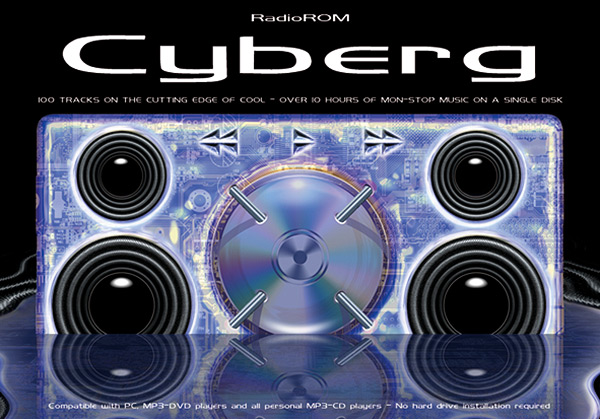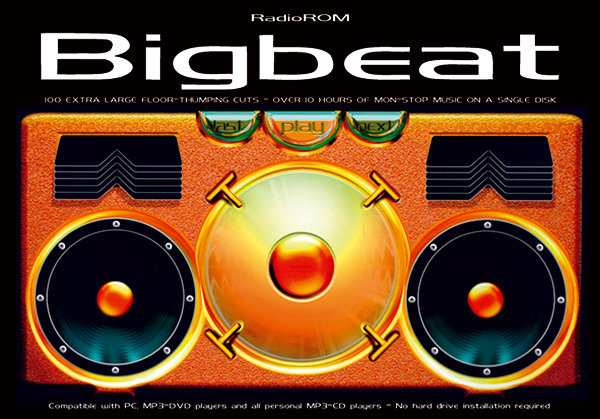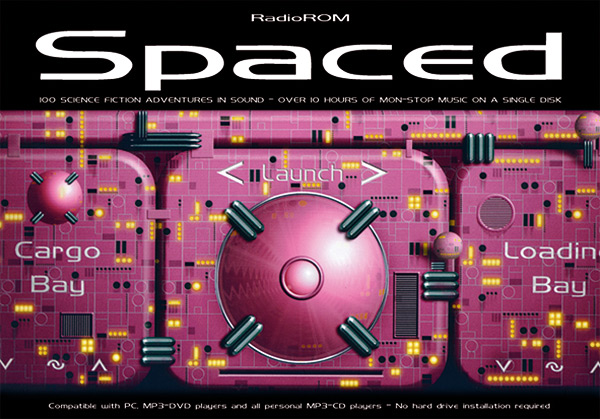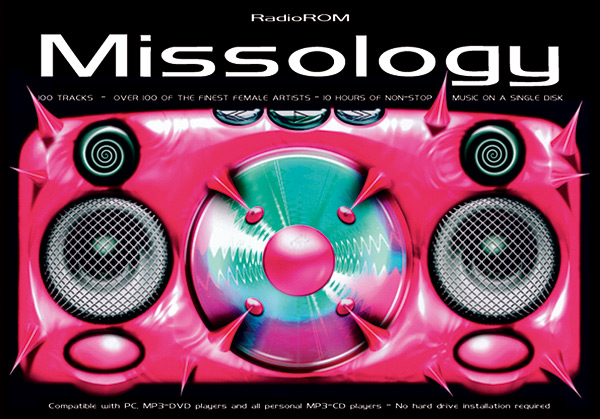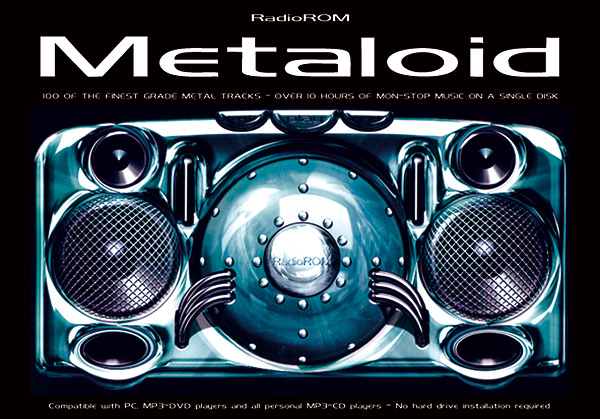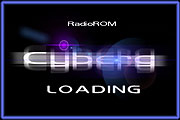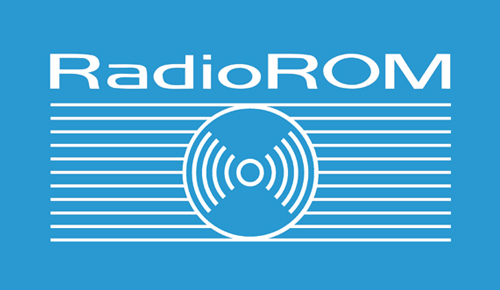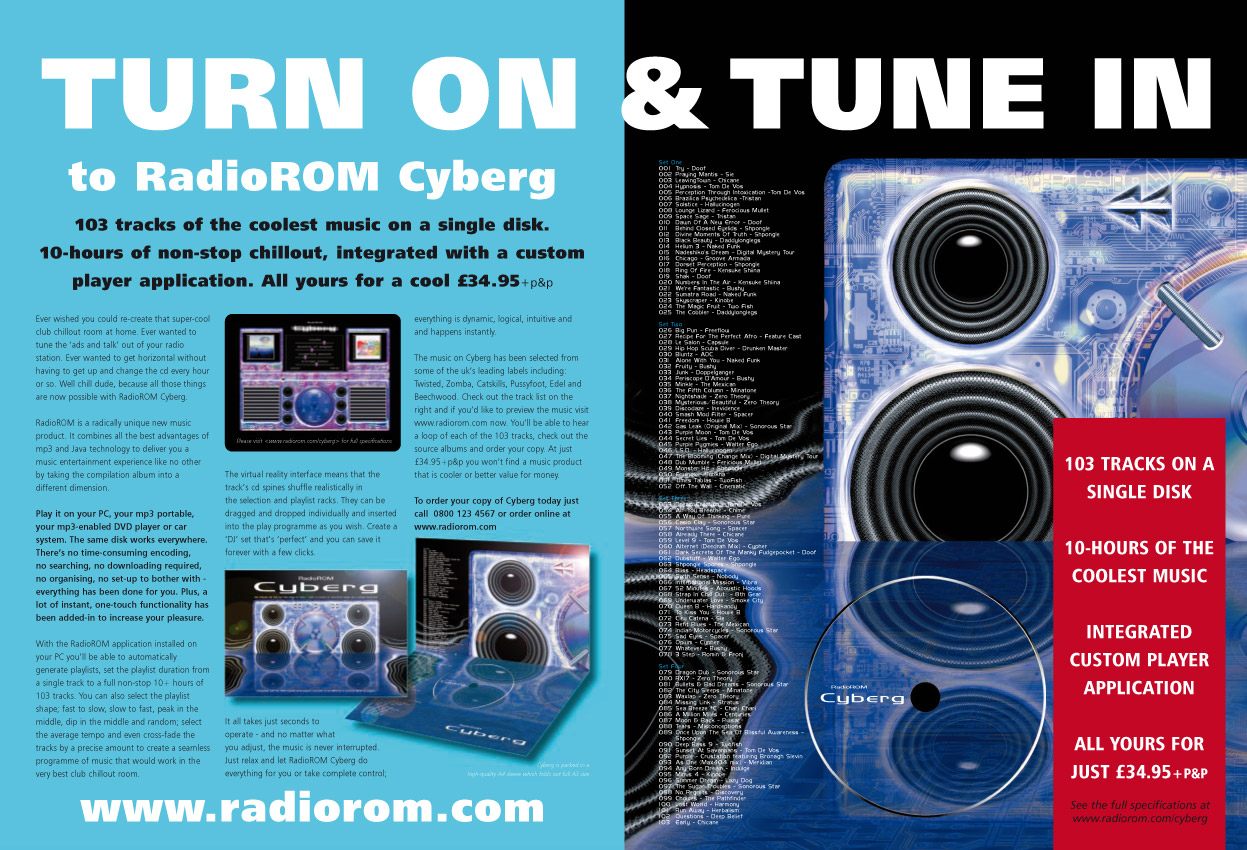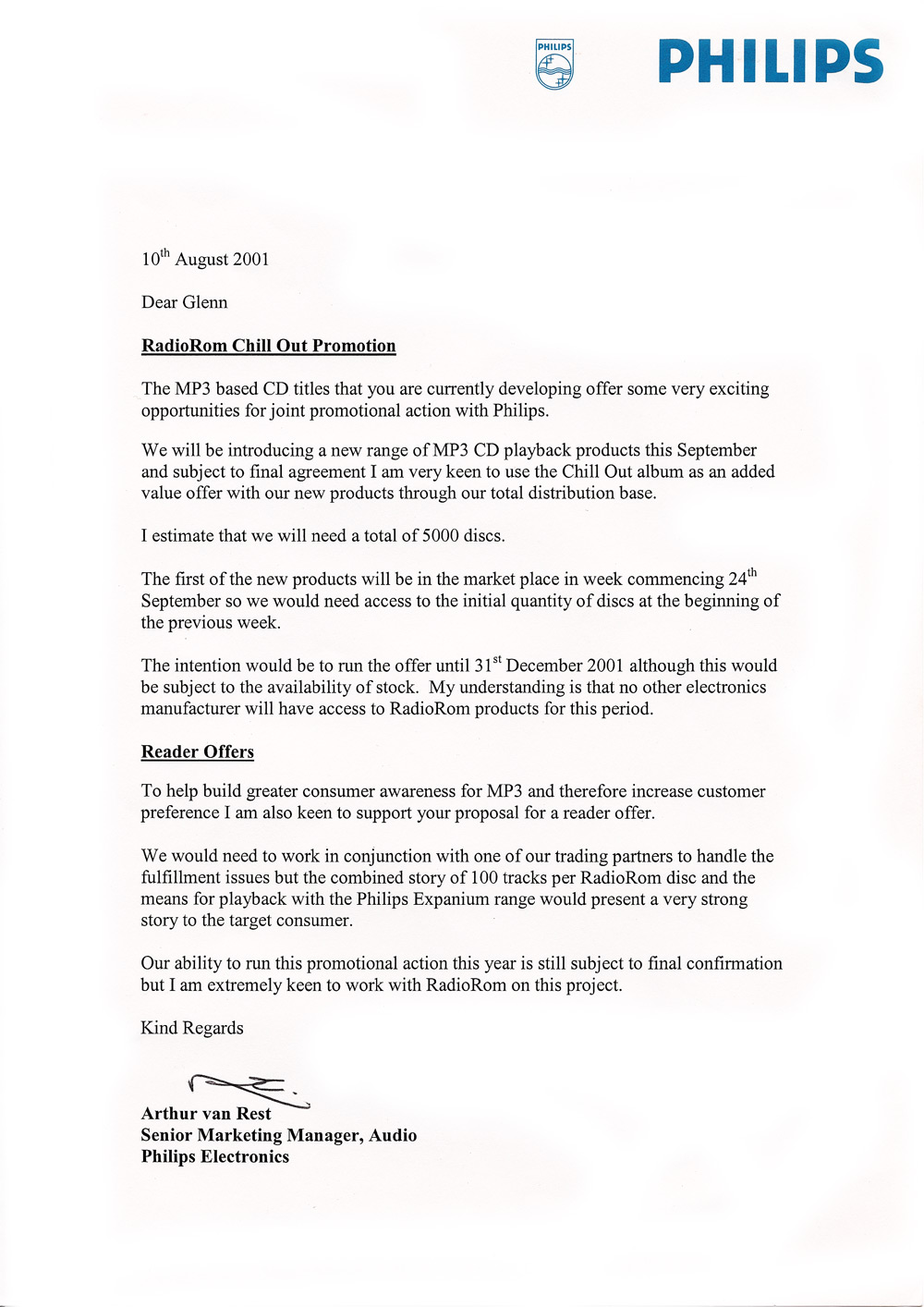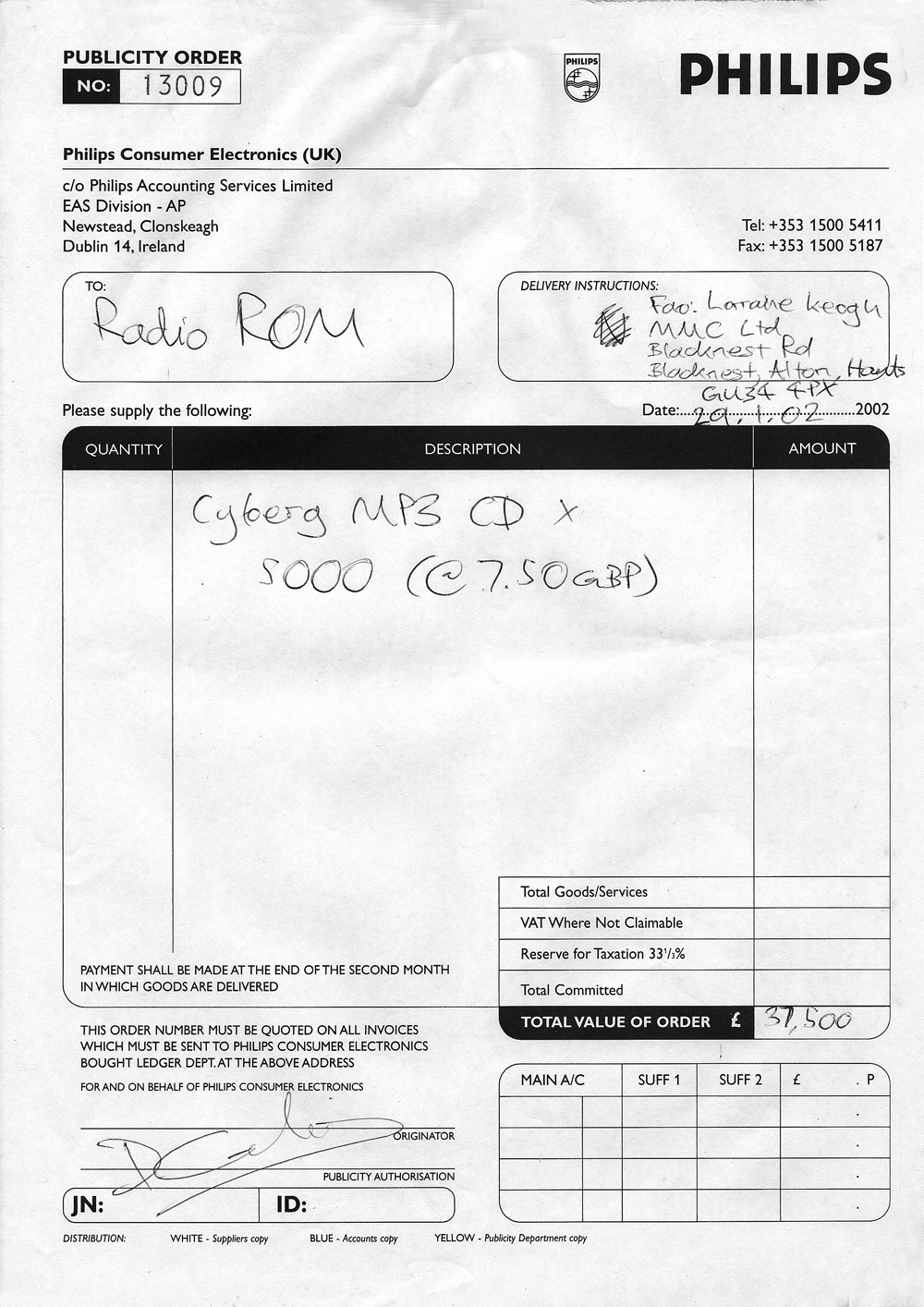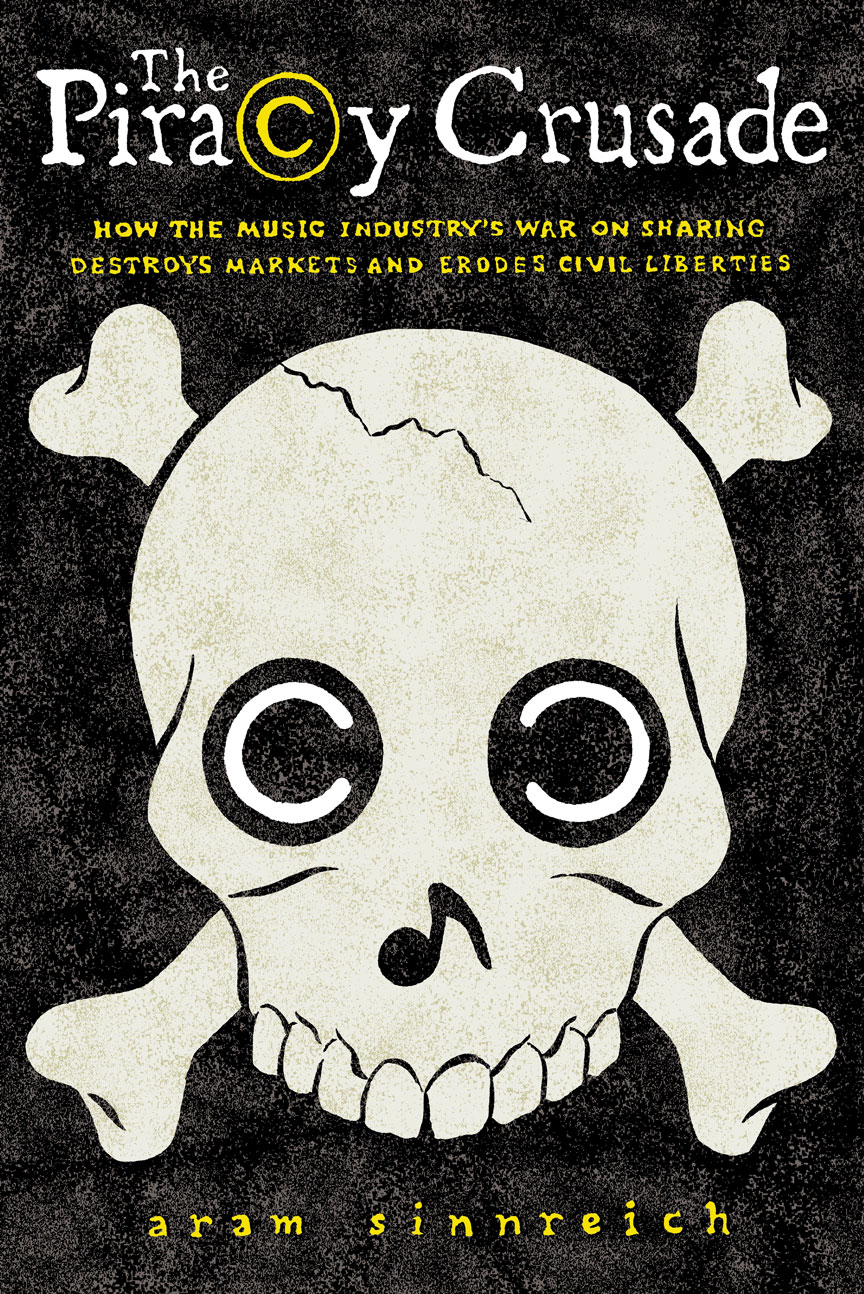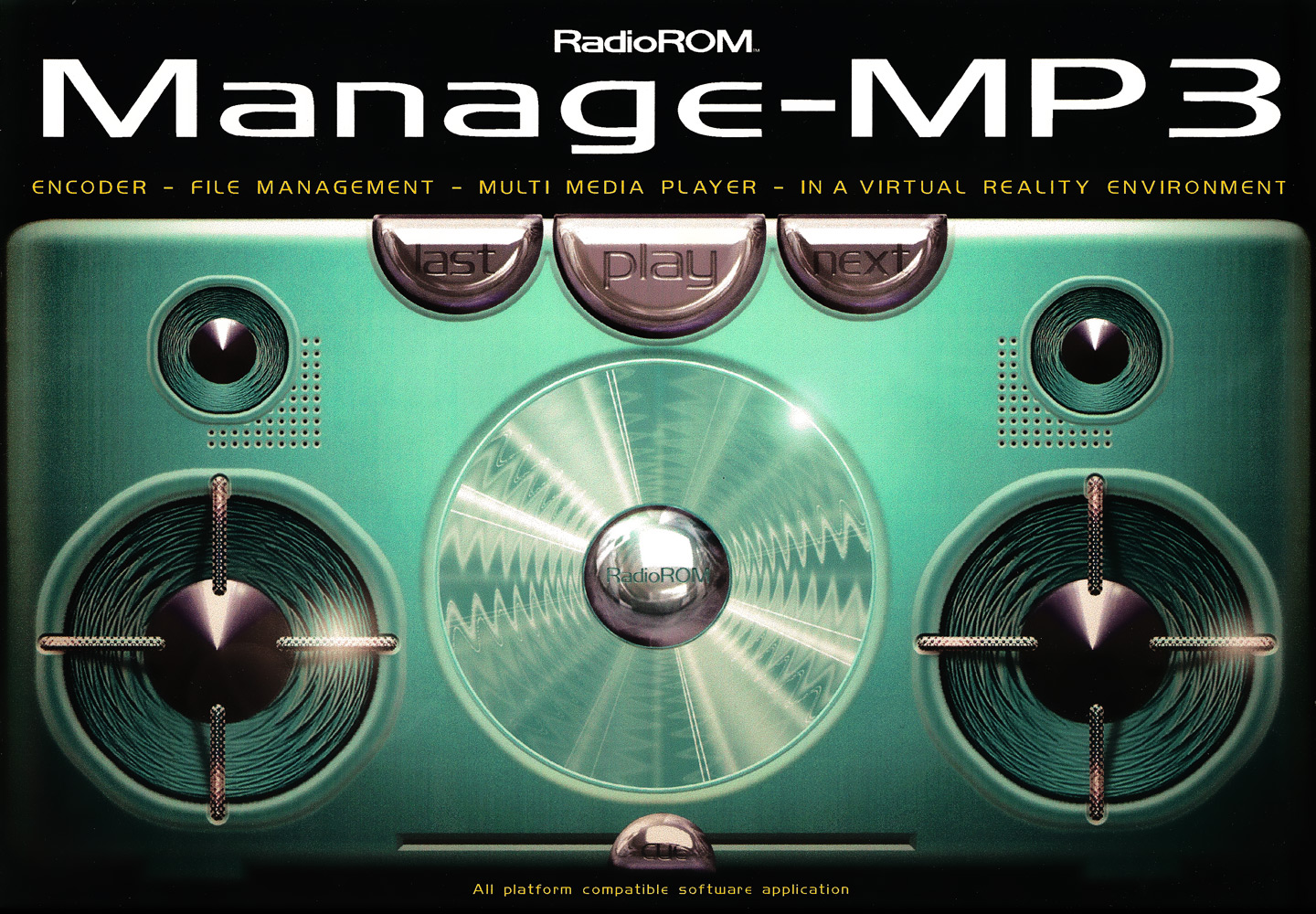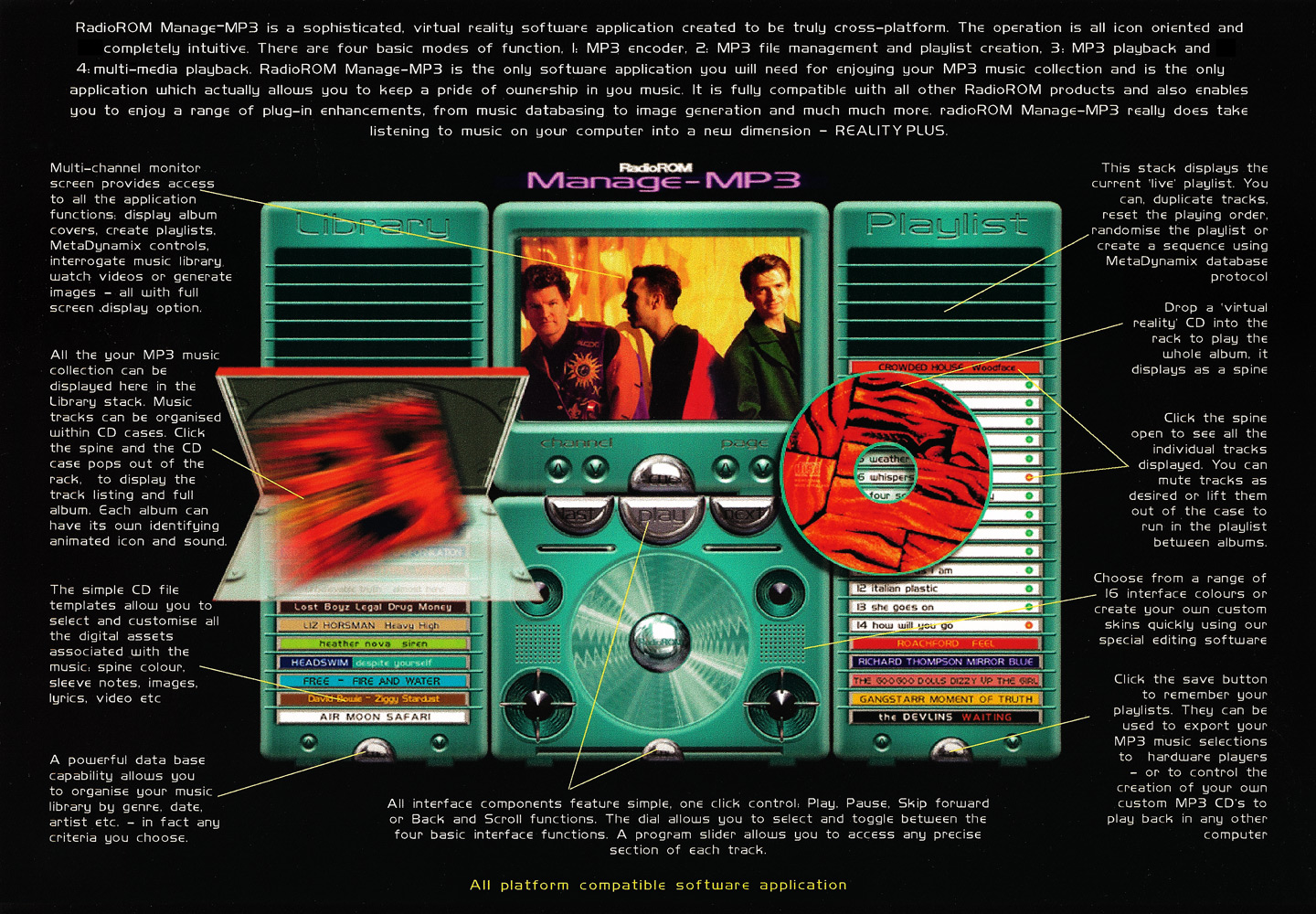Before iPod and iTunes there was RadioROM
Apple released the first iPod on October 23, 2001, about 8½ months after iTunes for Mac only was released.
Its price and PC-incompatibility caused sales to be relatively slow until 2004.
Development of the RadioROM mp3 player application and 100-track music compilation disk started in 1999.
After 2-years work in bringing the product to market the first RadioROM release called Cyberg was bought by Philips in August 2001.
Philips wanted to use the Cyberg compilation disk product to promote the sale of their new
Expanium range of portable mp3 enabled disk players.
The CD or digital audio disk was developed by a joint task force set up and funded by Philips and Sony in 1979.
In 2001, the battle for market share would be between removable media CD players of the classic Sony Walkman/Discman type
and the new micro-drive players like the iPod from Apple and units from many other manufacturers.
Today in 2014, 15-years on from the release of the iPod, disk based music products and newly compiled music collections
are still widely available. Yet there is still no product that utilises mp3 technology like RadioROM.
Why is that?
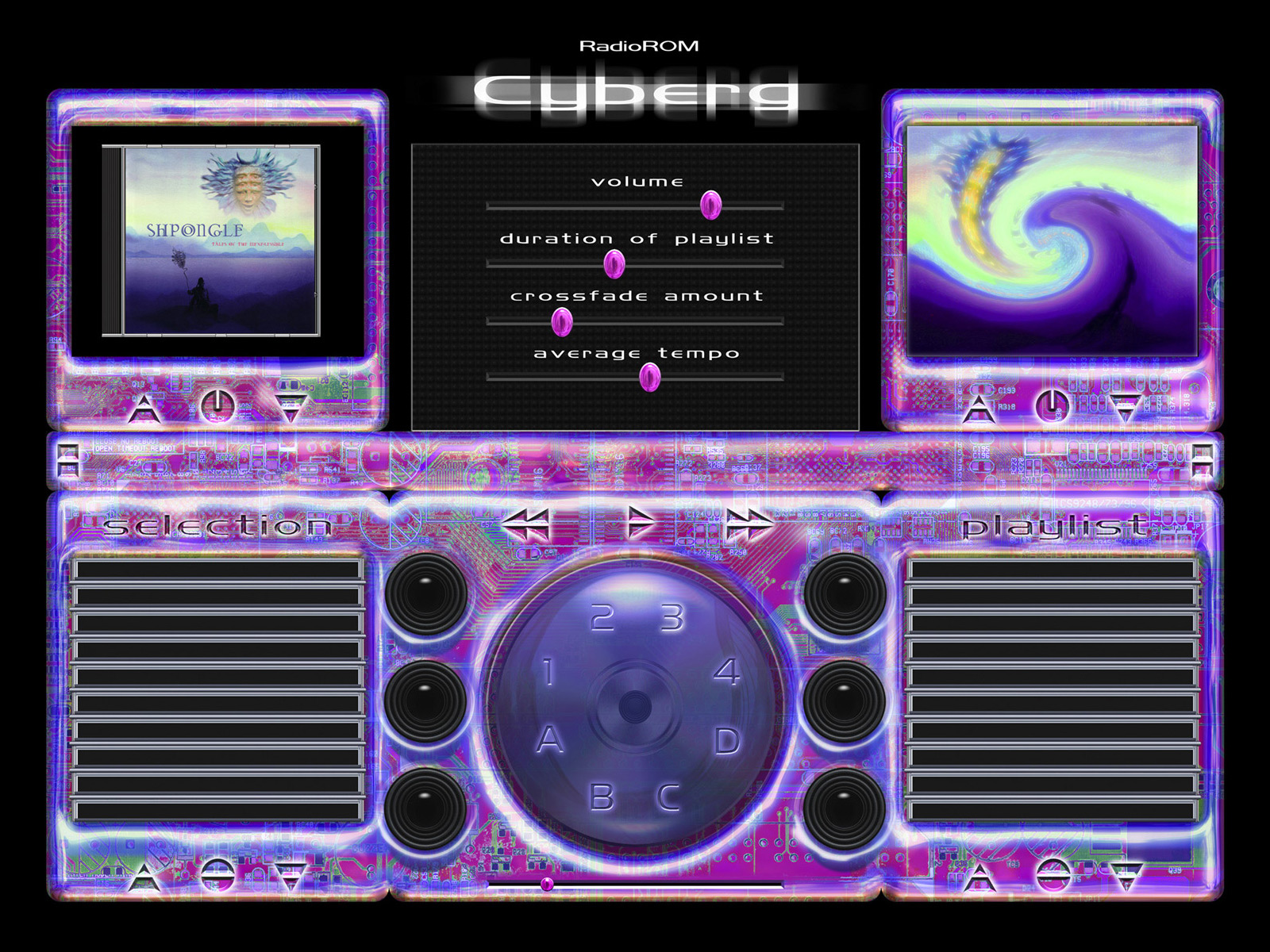
How RadioRom was invented
RadioROM is a new category of music entertainment product; 100 tracks of music,
fully integrated with a our own ‘written-from-scratch’ Java based player application and custom designed,
full-screen ‘virtual reality’ interface, all delivered on a single 12cm CD-ROM disk – for under £30.
All RadioROM music collections, like our first release RadioROM Cyberg, will contain 10-hours (or more) of music.
The user can select and organised the music, using an array of one-touch controls, which make it possible for them t
o create the effect of a DJ controlled club chill out room – in seconds!
The RadioROM player application requires a quick installation and does NOT require a computer restart.
All functions player functions are ‘one-click’ executed on the surface of the interface. Importantly,
the RadioROM disk is NOT computer dependent for music playback. It is a portable product
and compatible with all mp3-enabled players; in-car, personal and DVD.
Great care has been taken to analyse and organise the 100+ music tracks into a smooth running order,
the default playlist is effective when the disk is played back on a machine other than a computer.
The music featured on RadioROM is carefully selected from conventional audio-CD releases,
by top artists, represented by independent record labels in the UK, USA and Europe.
In addition, our selection policy ensures that 10% of the music featured on a collection is from unsigned artists.
In almost all playing environments, the listener can identify instantly the name of the artist and the track title.
There are many attributes which make RadioROM
an innovative and appealing product.
From a technology perspective, RadioROM exploits existing Java capabilities
and the mp3-playback capability which is now built into many hardware player devices; mp3-enabled DVD players,
mp3-enabled in-car players, mp3-enabled personal/portable audio players and mp3-enabled portable DVD players.
Furthermore, RadioROM is also unique because of it’s cross-platform portability.
Because the player application is written in Java it can be ported to work on most computer platforms including
both Apple McIntosh and Linux. The application is so small that all versions of the software can be contained on the same disk.
Multi-media software player applications like Windows Media Player, iTunes, WinAmp, Audion etc are all platform specific.
In addition, RadioROM products can be adapted for compatibility with games consoles,
which already have huge market penetration.
From an entertainment perspective, the RadioROM name and core product concept,
stems from the notion of providing the ‘perfect’ music radio station.
Nearly all radio and television business models are built on a requirement for advertising revenue –
recent research findings show that an average 1-hour of music radio subjects the listener to 3000 spoken words.
This means it is almost impossible to listen to, evaluate, enjoy and discover new music
without enduring constant interruptions and heavy and constant selling.
To make matters worse, daytime radio playlists are narrowing
and the content overlap between stations is increasing.

RadioROM takes a different approach,
our music programmes have no talk, no advertising
and no interruptions.
The RadioROM player application can be set up in seconds, to deliver seamless music playback, profiled by the user,
to match the mood and ambience requirements of a situation or location.
From the perspective of user enjoyment and convenience,
RadioROM represents the first time that the music content has been fully integrated with the mp3 player.
Therefore, it is also the first time that the music control facilities have been deployed in this fully-integrated, plug-and-go,
one-touch-to set-up manner.
From a scientific perspective it is the first time that the music has been analysed,
profiled and organised to take into account tempo, key, mood, feel, style, instrumentation etc.
We are at the first stage of devising our own database protocol MetaDynamix,
and RadioROM includes a database control system which allows the user to create a smooth
and satisfying listening experience.
For example, RadioROM Cyberg can be set up to run for 10 hours in less than 30 seconds.
From a music promotion perspective, RadioROM is unique in that it has the capability
to promote to a larger audience, music from independent record labels on a basis which provides the labels/artists
with income and potential sales – rather than adding to their promotion costs.
Also integrated into the RadioROM product are details of all the source albums of the tracks featured within the product, along with images of the CD cover, original track lists and other information, plus links to facilitate purchase of the source albums on-line.
This is valuable for the labels and artists and convenient for the listener.

RadioROM has substantial scope for multi-media
From a multi-media perspective, further development on the visual capabilities of RadioROM’s
player application would mean that future products will include work from film-makers and computer/visual artists.
The RadioROM concept could then be extended into the realm of DVD-ROM or DVD,
as and when the playback hardware penetrates the market more broadly.
Already, portable mp3-enabled DVD players, with 5” LCD screens are becoming available for around £300.
From a music perspective RadioROM can introduce to listeners a wide range of genres,
styles and artists, far more comprehensively than could be achieved by a single record label.
By focussing on creating a product which is both satisfying and entertaining in its own right we are able
to devise concepts and themes for our products which transcend music categories
and in so doing penetrate new sections of the market.
RadioROM is innovative on many criteria and fuses together the best attributes of mp3 technology,
JAVA technology, multi-media technology, music creativity and direct marketing and promotions ingenuity,
to create a high value but low cost entertainment product, with huge potential for further development.
To the very best of our knowledge, it is the first product in the world to exploit
the ‘disk-capacity/compression’ benefits of the mp3 music format, on a legitimate basis, to create a physical,
pre-packaged, self contained, low-cost music product.
[ visit original RadioROM website ]
Want to know why the major record labels
killed digital music initiatives?
The Piracy Crusade
HOW THE MUSIC INDUSTRY’S WAR ON SHARING DESTROYS MARKETS AND ERODES CIVIL LIBERTIES
by Aram Sinnreich
In the decade and a half since Napster first emerged, forever changing the face of digital culture,
the claim that “internet pirates killed the music industry” has become so ubiquitous that it is treated as common knowledge.
Piracy is a scourge on legitimate businesses and hard-working artists, we are told,
a “cybercrime” similar to identity fraud or even terrorism.
To get the book click the cover
In The Piracy Crusade, Aram Sinnreich critiques the notion of “piracy” as a myth perpetuated
by today’s cultural cartels—the handful of companies that dominate the film, software, and especially music industries.
As digital networks have permeated our social environment, they have offered vast numbers of people the opportunity
to experiment with innovative cultural and entrepreneurial ideas predicated on the belief that information should be shared widely.
This has left the media cartels, whose power has historically resided in their ability to restrict the flow of cultural information,
with difficult choices: adapt to this new environment, fight the changes tooth and nail, or accept obsolescence.
Their decision to fight has resulted in ever stronger copyright laws and the aggressive pursuit of accused infringers.
Yet the most dangerous legacy of this “piracy crusade” is not the damage inflicted on promising start-ups
or on well-intentioned civilians caught in the crosshairs of file-sharing litigation.
Far more troubling, Sinnreich argues, are the broader implications of copyright laws
and global treaties that sacrifice free speech and privacy in the name of combating the phantom of piracy
—policies that threaten to undermine the foundations of democratic society.
A number of music collections were in development
